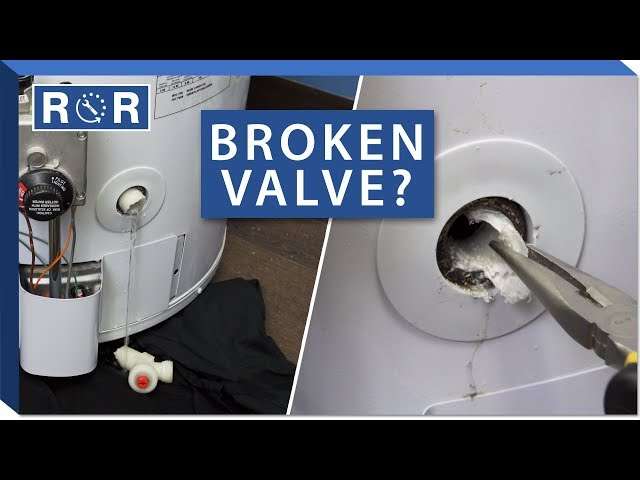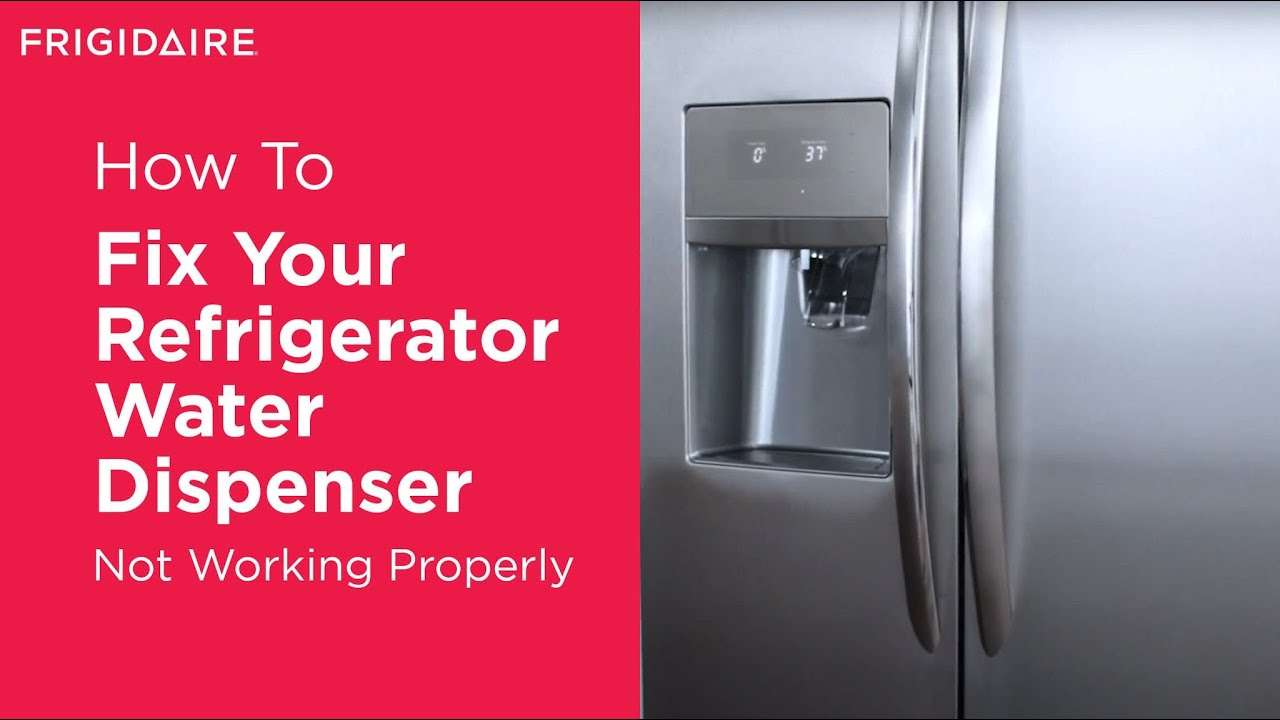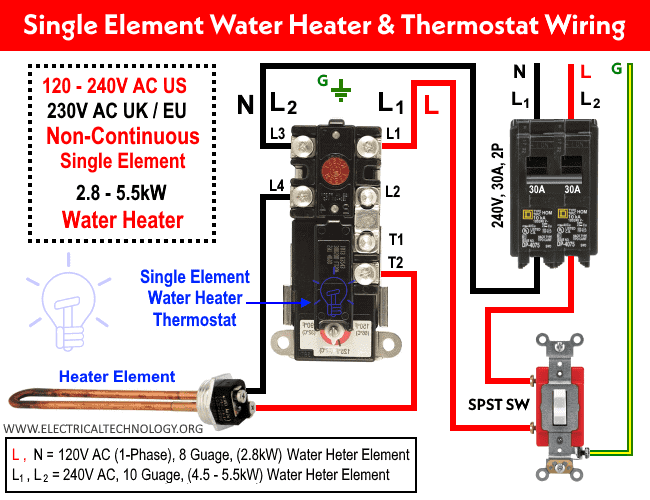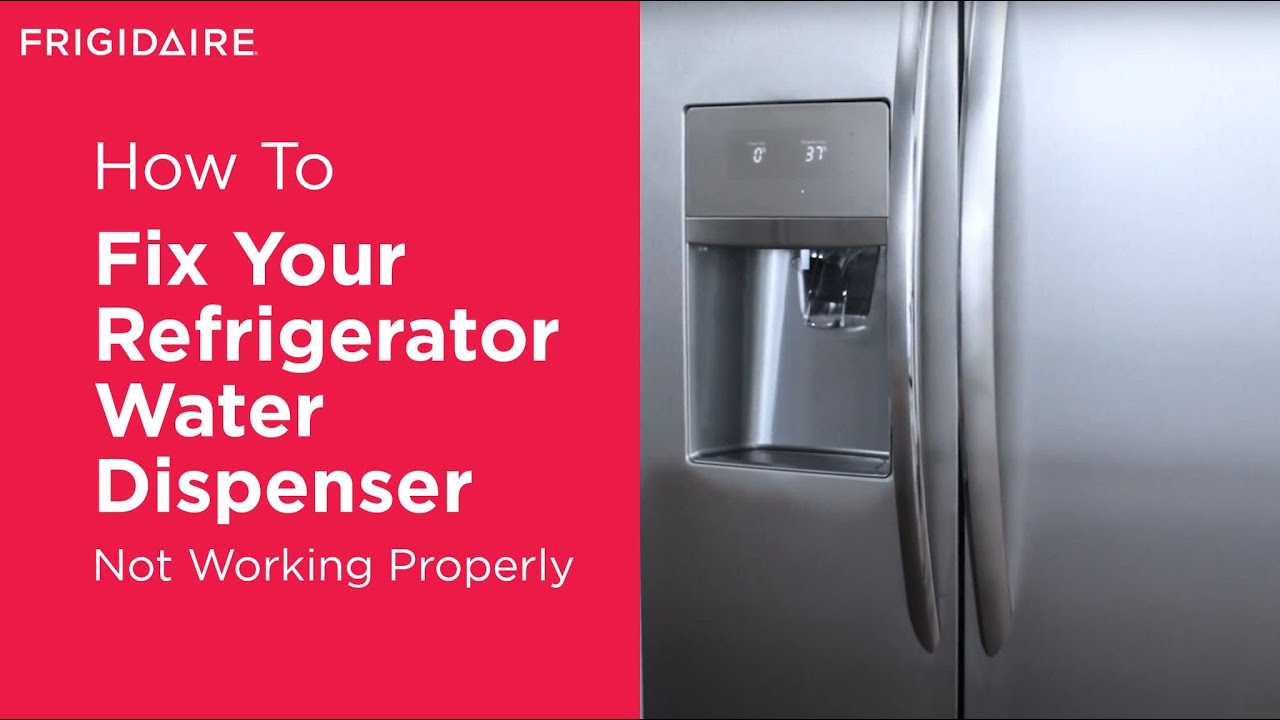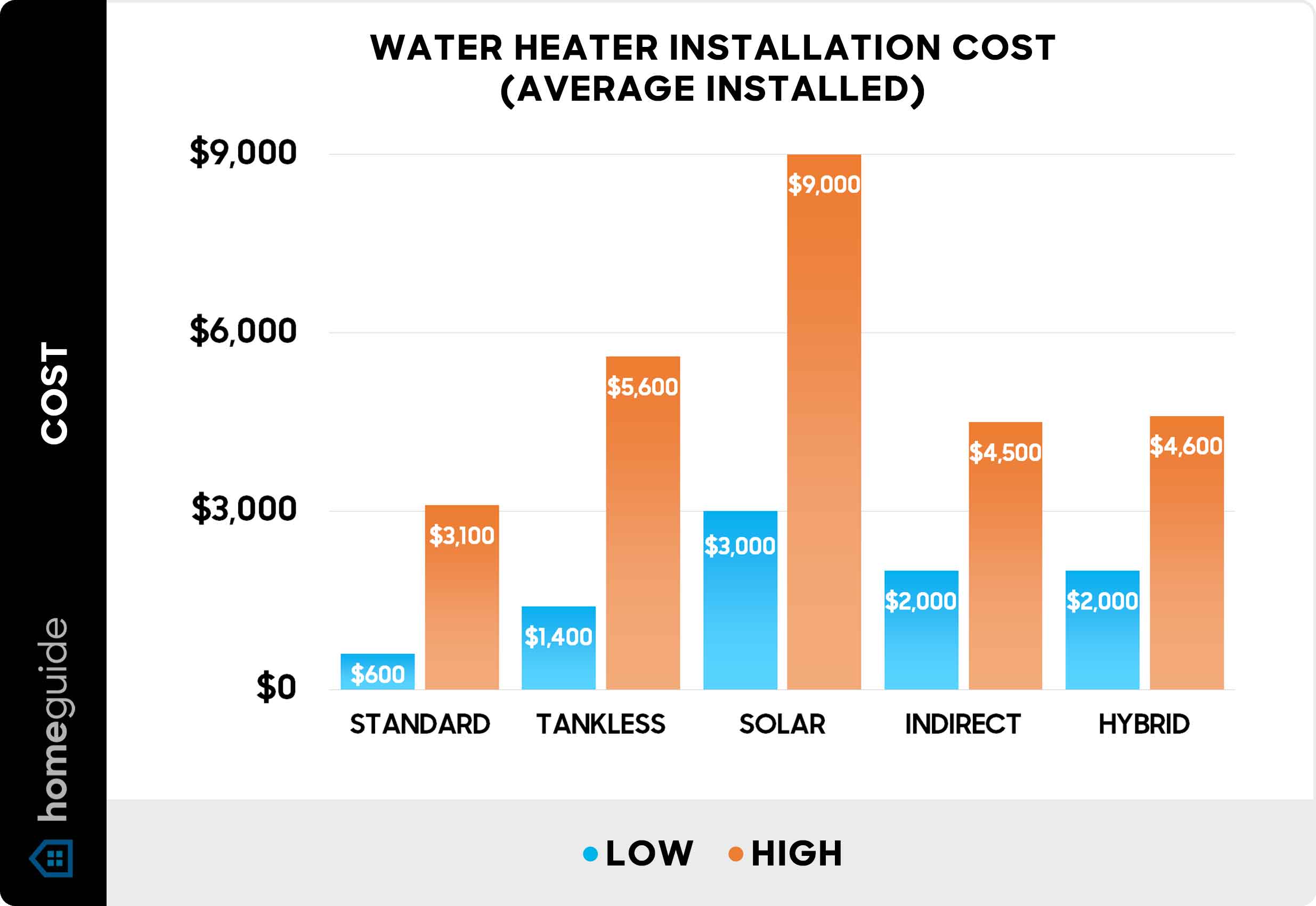Removing a water heater element without the proper socket can seem like a daunting task, but with the right tools and a little ingenuity, it’s entirely possible. This situation often arises when you need to replace a faulty element but discover your socket set is missing the specific size required, or perhaps you’re working in a tight space where a socket wrench won’t fit. While using the correct socket is always recommended for ease and safety, understanding alternative methods ensures you can troubleshoot and resolve the issue effectively. This article provides several practical approaches to safely remove a water heater element when a socket is unavailable, focusing on tools and techniques that minimize damage and risk.
Alternative Tools and Techniques
When you find yourself without the correct socket, several alternative tools can be employed to remove the water heater element. Remember to always disconnect the power to the water heater at the breaker box before attempting any repairs. Here are a few options:
- Pipe Wrench: A sturdy pipe wrench can often grip the element securely enough to turn it. Adjust the wrench to fit snugly around the element’s hex head.
- Adjustable Wrench (Crescent Wrench): Similar to a pipe wrench, an adjustable wrench can be tightened to provide a good grip. Ensure the wrench is of sufficient size and strength.
- Chisel and Hammer: This method is more aggressive and should be used as a last resort. Carefully position the chisel against one of the element’s hex corners and gently tap it with a hammer to loosen the element. Work your way around the hex head.
Step-by-Step Guide: Using a Pipe Wrench
- Preparation: Turn off the power and water supply to the water heater. Drain the tank partially or completely to avoid spills.
- Positioning the Wrench: Securely attach the pipe wrench to the element’s hex head. Ensure the wrench’s teeth have a firm grip.
- Applying Force: Apply steady, even pressure to the wrench handle. You may need to use a cheater bar (a length of pipe) for extra leverage if the element is tightly stuck.
- Loosening the Element: Once the element begins to turn, continue unscrewing it until it’s completely free.
- Extraction: Carefully pull the element straight out of the tank. Be prepared for a small amount of water to leak out.
Important Considerations
Before attempting to remove a water heater element without a socket, keep these crucial points in mind:
- Safety First: Always prioritize safety. Disconnect power and water, and wear appropriate safety gear, including eye protection.
- Potential for Damage: Using alternative tools increases the risk of damaging the element or the tank threads. Proceed with caution.
- Penetrating Oil: Applying a penetrating oil like WD-40 or PB Blaster around the element threads can help loosen it. Allow the oil to soak for 15-30 minutes before attempting removal.
Removing a water heater element can be tricky, but with patience and the right approach, it’s manageable even without a dedicated socket. Remember to proceed cautiously and consider the potential risks involved. The success of removing a **water heater element** without a socket ultimately depends on the condition of the element and the tools available. If you are uncomfortable with any of these steps, it is always best to call a qualified plumber. After you have removed the **water heater element**, be sure to inspect the threads of the new element and the tank for any damage before installing the new one. Always ensure the new element is properly tightened to prevent leaks. To conclude, remember that your safety is paramount; never compromise safety for speed.
Here’s some additional content to continue the article, formatted with HTML tags and maintaining a neutral tone:
TROUBLESHOOTING STUCK ELEMENTS
Occasionally, a water heater element can become severely corroded or calcified, making removal exceptionally difficult. In these cases, forcing the element can easily damage the tank threads, leading to costly repairs or even requiring a full water heater replacement. Here are some strategies for dealing with particularly stubborn elements:
– Heat Application: Applying gentle heat to the area around the element can help expand the metal and loosen the corrosion. A heat gun (used cautiously) can be effective. Avoid using a torch, as it can overheat and damage the tank lining.
– Repeated Penetrating Oil Application: Multiple applications of penetrating oil over several hours or even a day can significantly improve the chances of loosening the element.
– Vibration: Gently tapping around the element with a hammer (after applying penetrating oil) can help break down the corrosion bonds. Use caution to avoid damaging the tank.
REINSTALLATION AND PREVENTION
Once you’ve successfully removed the old element and installed the new one, proper reinstallation is crucial to prevent future problems. Here are some key steps:
– Thread Preparation: Apply Teflon tape or pipe dope to the threads of the new element to ensure a watertight seal;
– Torque Specifications: If possible, consult the water heater’s manual for the recommended torque specification for the element. Over-tightening can damage the element or tank, while under-tightening can lead to leaks.
– Regular Maintenance: Periodically draining and flushing your water heater helps remove sediment buildup, which can contribute to element corrosion and difficulty in removal.
– Anode Rod Inspection: Inspect the anode rod regularly. A depleted anode rod accelerates corrosion of the tank and elements. Replacing it proactively can significantly extend the life of your water heater.
By understanding alternative removal techniques, troubleshooting stuck elements, and following proper reinstallation procedures, you can confidently tackle water heater element replacement even without the ideal socket. Remember to prioritize safety and consult a professional if you encounter any difficulties. Taking proactive steps to maintain your water heater will also minimize the likelihood of future issues and ensure its efficient operation.

